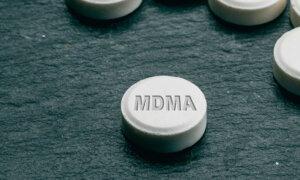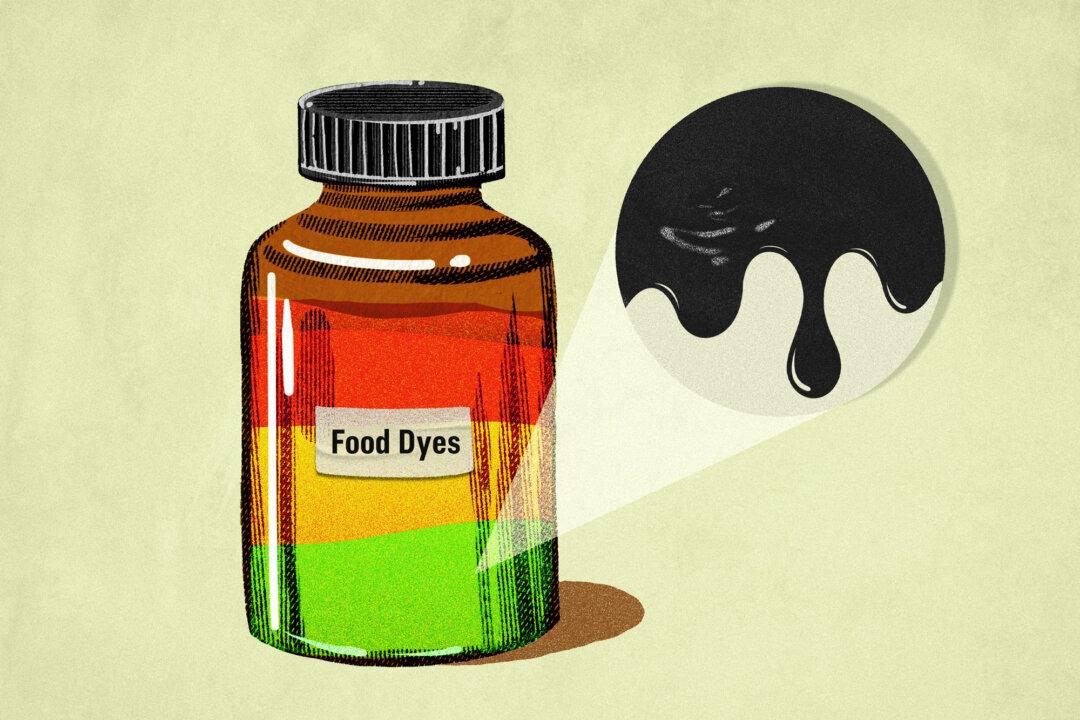“Friends” actor Matthew Perry’s cause of death was determined by the medical examiner to be “acute effects” of the drug ketamine and other factors. Yet some questions about his death remain unanswered.
On Oct. 28, 2023, Mr. Perry was found dead in the hot tub of his Los Angeles home. An autopsy was completed the following day, but the cause of death remained inconclusive to the medical examiner until the laboratory analysis was conducted.
Causes and Contributors to Death
The report determined that his death was caused by acute effects of ketamine with drowning, coronary artery disease, and buprenorphine contributing to his death.“At the high levels of ketamine found in his postmortem blood specimens, the main lethal effects would be from both cardiovascular overstimulation and respiratory depression,” the autopsy report said.
The report found no sign of a heart attack, but it noted that Mr. Perry did have obesity and coronary artery disease. One of his main coronary arteries was 50 percent to 75 percent blocked at a segment.
Ketamine can cause acute increases in blood pressure and may be dangerous in people with medical conditions that a sudden pressure spike would worsen, Dr. Paul Nestadt, clinical director of the Johns Hopkins Anxiety Disorders Clinic, told The Epoch Times. During ketamine use in a clinical setting, patients would be monitored for their medical history to mitigate possible cardiovascular events.
Dr. John Krystal, professor of psychiatry at the Yale School of Medicine, highlighted the differences between therapeutic and anesthetic doses of ketamine.
Therapeutic doses—those needed to treat depression—would be around one-tenth of what was in Mr. Perry’s blood. These would also produce modest blood pressure and heart rate increases, headache, nausea, occasional vomiting, and dissociative symptoms.
“At anesthetic doses, people cannot respond to environmental stimuli. For example, if he was slipping under the surface of the water, it is possible that he would not be aware, and he could not arouse himself to bring his head above the water surface,” said Dr. Krystal.
However, ketamine typically does not cause respiratory depression by itself, though respiratory depression can result from ketamine’s interactions with other drugs.
“It (ketamine) is known to exacerbate respiratory depression from other drugs,” Matthew Johnson, professor of psychiatry and behavioral sciences at Johns Hopkins University, told The Epoch Times.
- Buprenorphine, an opioid medication that induces euphoria and respiratory depression.
- Lorazepam, an anti-anxiety benzodiazepine used to calm the brain and central nervous system, which can similarly induce respiratory depression.
- 7-aminoclonazepam, a metabolite of clonazepam—a drug used to treat epilepsy and seizures. Clonazepam itself was not found.
“In a clinical setting, we would never administer ketamine or esketamine (a patented form of ketamine) to a patient who had opioids like buprenorphine or benzodiazepines in their system. The sedating effects are additive and dangerous,” Dr. Nestadt said.
However, some experts claim it is hard to know whether Mr. Perry’s death was due to the effects of ketamine’s drug interactions.
Anesthesiologist Dr. Johnathan Edwards told The Epoch Times that from the report, it appears Mr. Perry had been taking some of the drugs prescribed at least for a while.
The medical examiner’s report detailed that Mr. Perry was taking 30 milligrams of buprenorphine twice a day. He was also prescribed tamoxifen to lose weight and was getting testosterone shots.
Route of Ketamine Intake Undetermined
The report was unable to determine Mr. Perry’s ketamine intake route.The medical examiner found no sign of skin puncture from intravenous or intramuscular ketamine injections. There was also no ketamine located onsite or any equipment to indicate the type of drug administration.
“Anesthesia in humans is typically achieved with ketamine doses of 1 to 2 mg/kg administered intravenously or 4–11 mg/kg intramuscularly. To achieve a level of 3,500 ng/ml (the level indicated in Mr. Perry’s central blood source),” Dr. Edwards wrote in his Substack article, Mr. Perry would’ve taken a “ton of ketamine.”
Trace levels of ketamine were also found in the deceased’s stomach. Still, Dr. Edwards reasoned that if the entire dose of ketamine was administered orally, coroners would have likely detected ketamine in the oral cavity. Ketamine can also be administered intranasally.
However, it would have been an intentional administration of ketamine to produce the levels seen in the autopsy.
What Is Ketamine?
Ketamine is a dissociative anesthetic used to induce anesthesia but has also been used off-label as a treatment for depression and pain.It selectively blocks glutamate, the brain’s most abundant neurotransmitter. The drug has a short half-life, with its effects kicking in within half an hour of administration. This also gives the drug a potential for abuse.
Prior to its clinical use, the drug is perhaps best known for its hallucinogenic effects and usage at rave parties.
Studies have found ketamine to be effective in the treatment of drug-resistant depression, which occurs when individuals do not adequately respond to two or more traditional antidepressants.
While conventional antidepressants may take weeks to come into effect, ketamine users may experience significant but transient changes within hours of treatment.
However, due to ketamine’s short half-life, some researchers question its long-term efficacy. Long-term effects are also less reported.
Clinicians consider the clinical use of ketamine to be a lot safer than recreational ketamine.
Ketamine is especially at risk of abuse due to its euphoric, hallucinogenic effects. Ketamine abusers may self-administer the drug multiple times a day at doses that can exceed 100 times the antidepressant dose, Dr. Krystal said.
Habitual use can result in tolerance to the antidepressant effects of ketamine. Further, people are at risk of developing depression, psychosis, and cognitive impairments that may persist long after ketamine use stops.
Some experts have argued that the clinical availability of ketamine may exacerbate ketamine abuse in recreational users.
Esketamine is an FDA-approved form of patented intranasal ketamine that has been shown to be effective in treating suicidality and drug-resistant depression. When used in the clinic, it requires face-to-face oversight by a physician, along with stringent protocol and posttreatment monitoring.
However, with the emerging “hype” around ketamine, many ketamine infusion clinics have popped up, administering ketamine off-label, which is not rigorously regulated.
The unpatented version of ketamine does not have these added provisions, and some clinics may prescribe ketamine to patients unsupervised without a proper medical evaluation, Dr. Nestadt said.







